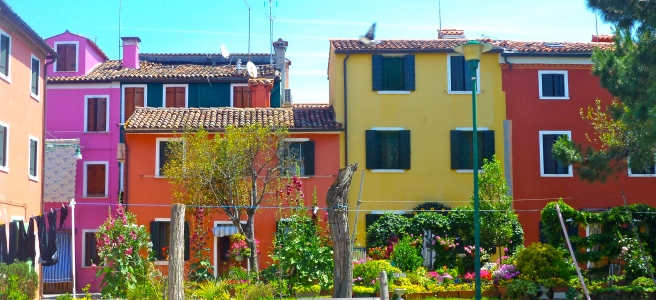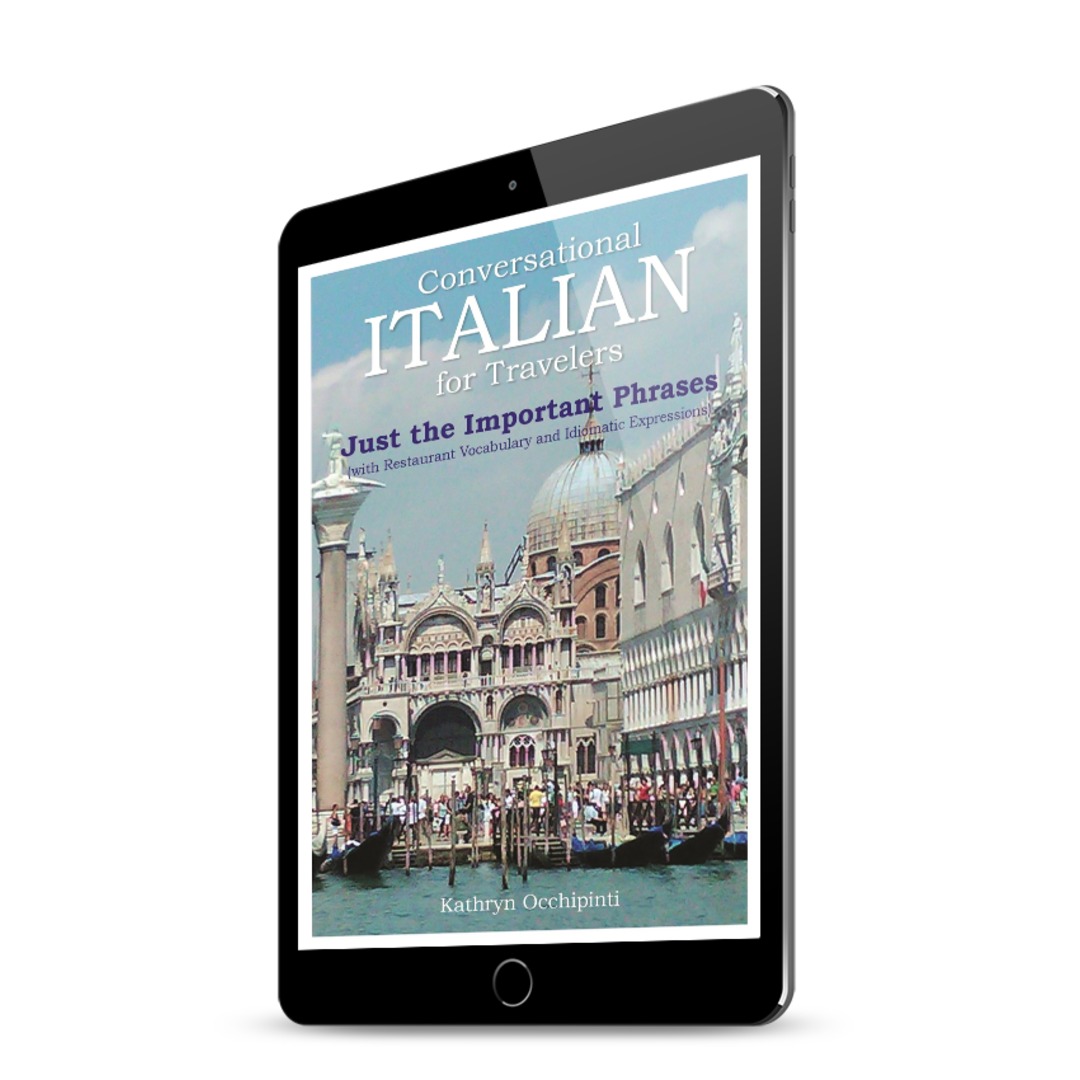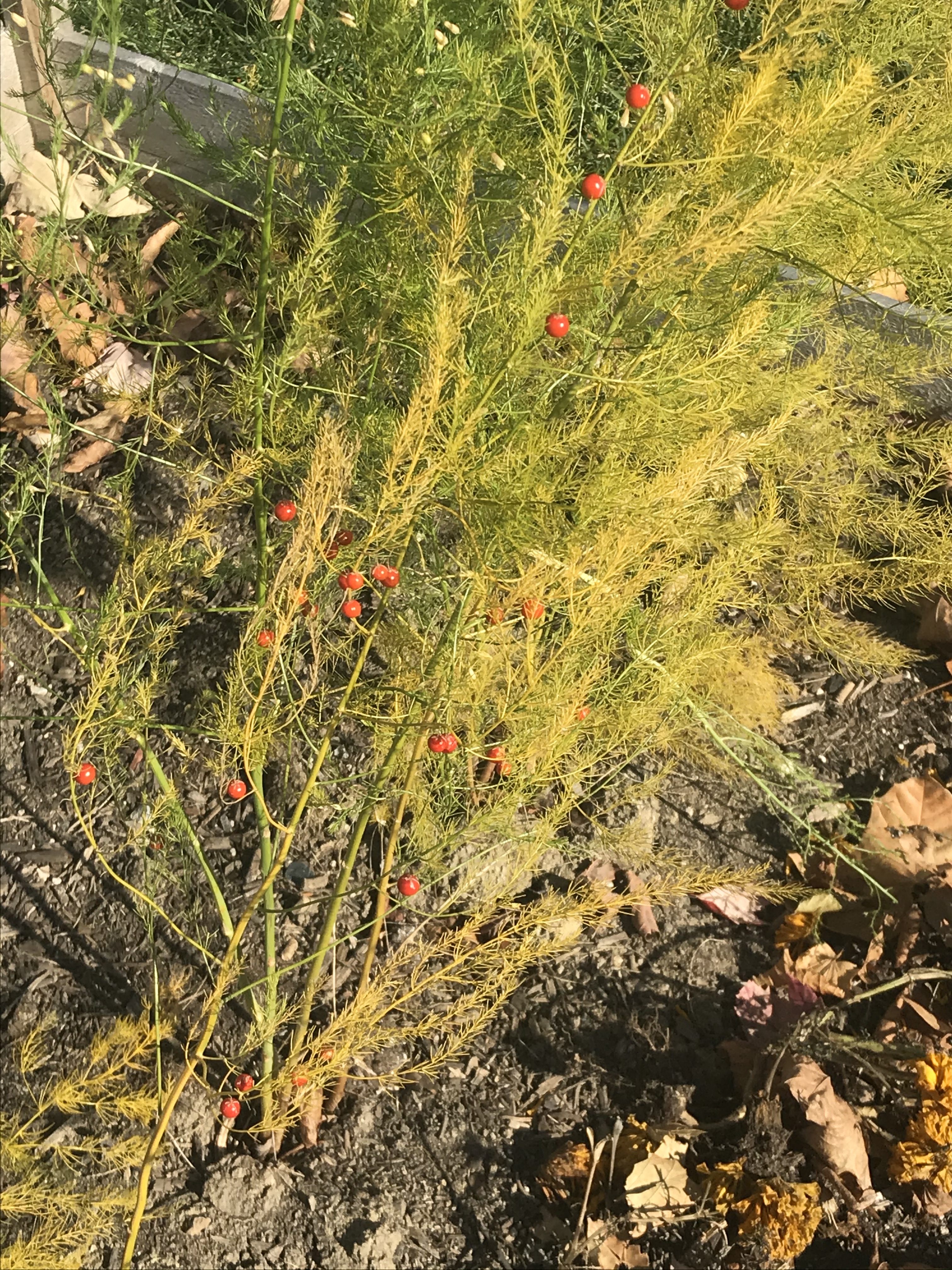
Buon Natale a tutti voi!
Christmastime is a magical time in Italy. The colorful decorations and holiday lights that adorn every Italian town bring with them a feeling of celebration that inspires children and adults alike. Italians of Jewish faith celebrate Chanukah in December as well, with glowing candles that bring their own special beauty to the December evenings. Chanukah was celebrated earlier this month, and if you’d like to learn more about how Chanukah is celebrated in Italy, please visit the blog “Our Italy — Celebrating Chanukah in Italy.
But what really makes the December holidays special,
both in Italy and around the world? For most, it is the gathering of family and friends.
For 2021, my hope is that all people who celebrate the Christmas holiday (le vacanze di Natale) or another holiday of their faith this December, can gather with their loved ones. As of this writing, there is a good possibility that the new normal will continue to expand to include Christmas parties (le feste di Natale) and gatherings for Chanukah dinners, instead of online meetings where people are together, yet distant. Extended families and friends should be able to celebrate the joy of being in each others’ presence and even have the opportunity to introduce new friends to old ones during the holidays for 2021.
This post is the 51st in a series of Italian phrases we have been trying out in our Conversational Italian! Facebook group. If you’d like to read the earlier posts in the series, “Italian Phrases We Use EVERY Day!” just click HERE.
Many “commonly used phrases” in Italian
are used during the
Christmas Holiday Season
See below for how this works.
As we all master these phrases, so will you. Try my method and let me know how it works. What sentences will you create with these phrases?
Please reply. I’d love to hear from you! Or join our Conversational Italian! group discussion on Facebook.
The basics of the Italian language are introduced in the Conversational Italian for Travelers textbook and reference books Just the Verbs and Just the Grammar
found on amazon.com and Learn Travel Italian.com.
The rights to purchase the Conversational Italian for Travelers books in PDF format on two electronic devices can also be obtained at Learn Travel Italian.com.
******************************
Christmas in Italy
There are several important holidays that Italians celebrate during the Christmas season (periodo di Natale), which begins on December 8th with L’Immacolata and ends on January 6th with L’Epifania. The feast of Santa Lucia on December 13th is also an important holiday in northern Italy and this saint day is celebrated with candles, special pastries, and presents for children who have been good during the year.

See the table below for a list of the important celebrations that take place in Italy during the Christmas season and some common phrases that Italians use to wish each other “happy holidays.” We first encountered these phrases in our blog What I wish… for the holidays!
| L’Immacolata | Feast of the Immaculate Conception: Catholic holiday that celebrates mother Mary. |
| Vigilia di Natale Natale |
Christmas Eve Christmas |
| Buon Natale! Buone Feste! |
Merry Christmas! Happy Holidays! |
| Auguri di buon Natale! | Best wishes for a merry Christmas! |
| Tanti Auguri! / Auguri! | Best wishes! |
| Il biglietto di auguri Natalizi Regalo di Natale |
Christmas greeting card Christmas gift |
| L’ultimo dell’anno | New Year’s Eve |
| La notte di San Silvestro | December 31st is the feast day of San Silvestro for the Catholic church. |
| Capodanno | New Year’s Day |
| Buon anno nuovo! Buon anno! |
Happy New Year! (used most often) |
| Felice anno nuovo! | Happy New Year! |
| L’Epifania | Epiphany: Catholic holiday that celebrates when “Wise Men” visited the baby Jesus. In Italy, gifts are exchanged on this day. Italian tradition holds that a friendly witch, La Befana, brings gifts to children on this day, although Santa Claus is also celebrated. |
******************************
An Italian Holiday Party Conversation
When at a holiday party where Italian is spoken,
one will surely encounter the introductory phrases and polite responses below.
Introductions:
The most common Italian introduction at a gathering is a familiar phrase — a phrase used when a person introduces one of their friends to another. For example, let’s assume Pietro and Caterina are friends. Pietro wants to introduce Caterina to another of his friends, Paolo. He will do this with the simple sentence, “Caterina, ti presento il mio amico Paolo.” Pietro uses the informal “ti” since he is already friends with Caterina, the person to whom he is speaking.
In a more formal situation, Pietro may want to introduce someone he does not know well to one of his friends. In this case, if Pietro is addressing either a woman or a man, he will need to use “Le” (“polite you” indirect object pronoun). To stay in the polite mode of conversation, Pietro will likely introduce one guest to another using their last names with a polite title, such as il Signor (Mr.), la Signora (Mrs.), or la Signorina (Miss).
Keep in mind that in English we do not use the same sentence structure as in Italian, so the English translation of these phrases will not follow the Italian word for word. We may start out with “Let me” or “I would like to” and then add “introduce you to…” Also, in an informal situation, English speakers in America tend to omit the “Let me introduce you to” altogether! Instead, an English speaker might just say something like, “Kathy, meet my friend Paul.”
Several options to use when making an introduction are listed below. Remember to use the direct article before the title for a formal introduction!
|
Caterina, ti presento il mio amico Paolo. |
Kathy, let me introduce you to my friend Paul. |
|
Signor Rossi, Le presento il Signor Manzini. |
Mr. Rossi, let me introduce you to Mr. Manzini. |
|
Signora Rossi, Le presento il Signor Manzini. |
Mrs. Rossi, let me introduce you to Mr. Manzini. |
|
Signorina Rossi, Le presento il Signor Manzini. |
Miss Rossi, I would like to introduce you to Mr. Manzini. |
Responses:
At first glance at the table below, the responses to an Italian introduction may seem a bit complicated, because they have several variations. The most important key to understanding which of these variations to choose is the formality of the situation.
In the initial phrases in this table, “Piacere di conoscerla“ and “Piacere di conoscerti,“ the difference between the two phrases will depend on whether one is speaking in the polite (pol.) or the familiar (fam.). The polite phrases are given first in our example list, as it is the norm in Italy to use the polite form with a new acquaintance. The familiar form of this phrase is often be used between younger people, who tend to be less formal, and may also be appropriate among older adults of the same age or social status. If you need a refresher on when to use polite and formal Italian phrases, please refer to our blog Italian Phrases We Use EVERY Day! – Getting from polite to familiar with “Dare del tu.”
The other reason there are so many variations to learn when introductions are made is the Italian use of masculine and feminine nouns and adjectives. Every Italian student learns early on that nouns and adjectives must agree in gender and number.* At first, it may not be obvious that one is using an adjective at the beginning of the sentence, “Lieto(a) di conoscerla/ti,” since these phrases are used so often in Italy that the subject and verb of the sentence, “I am…” have been left out! The full sentence, “I am delighted to meet you,” though, makes it clear that the verb essere (to be) is in use, and of course the ending for the adjective lieto(a) for delighted must reflect back to the gender of the speaker to make sense.
The easiest thing for the Italian student to do, of course, is to pick out the phrase that corresponds to their own situation and memorize the endings. But these phrases provide a good opportunity to learn how to change Italian endings quickly and easily and can provide a pattern for more complicated sentences. For the examples below, the nouns, adverbs, and prepositions are black, the verbs are green, the polite/familiar pronouns red, masculine adjectives blue, and feminine adjectives brown.
|
Piacere di conoscerla. |
Pleased to meet you (pol.). |
|
Piacere mio. |
The pleasure is mine. |
|
Lieto di conoscerla. |
Delighted (masc. speaker) to meet you (pol.). |
|
Molto lieto! |
Delighted! (masc. speaker) |
|
Sono molto contento di vederla. |
(I) am very happy (masc. speaker) to see you (pol.). |
|
Sono felice di rivederla. |
(I) am happy to see you (pol.) again. |
*Italian nouns are assigned a gender, either masculine or feminine. Italian adjectives, which modify nouns, will change their endings to match the noun modified. In general, Italian nouns will end in -o if masculine and -a if feminine. A noun that ends in -e can be either masculine or feminine. There are, of course, many exceptions to these rules!
******************************
Below is an excerpt from the Conversational Italian for Travelers story found on the website www.learntravelitalian.com. This short dialogue will allow us to put together all we have discussed about what to say when introducing and meeting others at an Italian holiday party. In this dialogue, Pietro introduces his cousin Caterina to his friends Luigi and Paolo. This simple conversation uses phrases that are repeated over and over again at Italian gatherings of every type.
At the end of the dialogue printed here is a common transition phrase that takes Caterina into the familiar form with Pietro’s friends, “Diamoci del tu, per favore!” We have discussed this phrase and others used to make the transition from a polite to a formal situation in a previous blog, “Getting from Polite to Familiar in Italian with ‘Dare del tu!'” With this simple line, a friendly conversation can truly begin! To listen to the remainder this conversation in its entirety, just click on the link It’s a Party!
|
Pietro: |
Caterina, ti presento il mio amico Paolo. |
|
Kathy, (I) introduce to you (fam.) my friend Paul. |
|
|
Caterina: |
Piacere di conoscerla. |
|
(It is a) pleasure to meet you (fam.). |
|
|
(Caterina uses the polite form for a person she has just met, |
|
|
Pietro: |
E questo è il mio amico Luigi. |
|
And this is my friend Louis. |
|
|
Caterina: |
Piacere. |
|
(It is) a pleasure. |
|
|
|
|
|
Luigi: |
Piacere mio. Io sono professore dell’italiano, come Pietro. |
|
Paolo è un medico. |
|
|
(The) pleasure is mine. I am (an) Italian professor, like Peter. |
|
|
Paul is a physician. |
|
|
|
|
|
Caterina: |
Molto interessante. |
|
Very interesting. |
|
|
Paolo: |
Io sono di Novara, una città vicino a Milano. |
|
Diamoci del tu, per favore! |
|
|
I am from Novara, a town near to Milan. |
|
|
Let’s use the familiar form of you with each other, please! |
|
|
(Paolo officially asks if he can use the familiar, |
|
|
|
|
|
Caterina: |
Va bene. Volentieri! |
|
O.K. Gladly! |
Warm wishes for a Merry Christmas
and a Happy New Year
filled with treasured time
together with family and friends!Auguri a tutti voi!






























You must be logged in to post a comment.